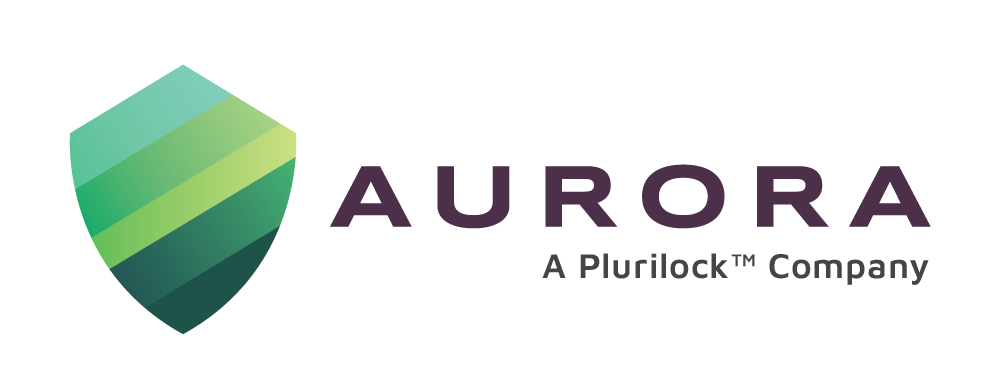Introduction
The digital world has made many things relatively easy to accomplish. The wide variety of apps and huge repositories of information available at one’s fingertips has made it a breeze for users in the corporate or consumer space to attain what they are looking for. Users are literally spoiled for choice by the plethora of solutions available for most needs.
Organizations looking to set up or recast their cybersecurity solutions are in the same situation. On offer are a variety of threat detection and remediation systems like EDR, MDR, XDR, SOAR, and SIEM. Each however comes with its own set of advantages and challenges. Investing in the most suitable solution may seem easy at first, but it’s soon clear that this is not the case.
Finding the right solution calls for a considerable understanding of the organization’s needs and resources to start with, a holistic understanding of the cybersecurity landscape, and then, an in-depth evaluation of the solutions available. Obviously, solutions that stand out for their comprehensiveness, efficacy, easy use, cost-effectiveness, and scalability are preferred.
SIEM is one such solution.
What it is
Short for Security Information and Event Management, SIEM(1) is a unified platform for gathering, analyzing, and correlating security event data from multiple sources, such as firewalls, intrusion detection systems, and antivirus software.
Forbes(2) defines it as a blend of security information management (SIM) and security event management (SEM). In its elementary form, SIEM can analyze and alert users to known threats, but in its more intelligent form, powered by AI-based data analytics and machine learning, it becomes a potent tool to proactively bolster the cybersecurity quotient of the organization.
For organizations, this translates into real-time threat detection, 24/7 alerts, a proactive and efficient defense threat mechanism, and cutting-edge incident response and remediation measures.
The history of SIEM
SIEM is not new—in practice, it’s been around for a long time. Primarily addressing compliance needs in its early days, SIEM started out serving log management and event management needs. Information was gathered from the office to start with before evolving to the shop and manufacturing floor. Despite the low level of detail at that point in time, SIEM’s capabilities established it as the ‘platform of choice’ even in the early days, with its unmatched ability to provide comprehensive reach.
Over time, as more security solutions addressing different elements of the threat landscape were added to it, its capability to draw analyses from across the environment was further enhanced.
Newer SIEMs harness the power of automation and customization, allowing for flexible deployment and scalability. Today in its scaled-up, more intelligent form, SIEMs are combining on-premises, cloud, and hybrid applications, thereby providing solutions that are considered the gold standard in threat detection and response.
The benefits of SIEM
Though SIEM does present challenges in terms of complexity, scalability, and limited automation/orchestration, especially in the case of legacy systems, it provides organizations with a holistic cybersecurity solution. The benefits of SIEM are tremendous.
They include:
- Centralized security management by virtue of its ability to consolidate data from multiple security tools
- Provision of a unified platform for log management and analysis
- Simplified security operations
- Real-time threat detection and alerting enabling quick responses by the SOC team
- Compliance reporting on requirements for security standards
SIEM vs other systems
The salient differences between SIEM – which provides holistic cybersecurity coverage in addition to taking care of compliance guidelines – and other solutions(3) are summarized below in terms of the main characteristics of these solutions.
- Endpoint Detection and Response (EDR)(8) focuses on monitoring, detecting, and responding to security threats at the endpoint level, such as workstations, laptops, and servers
- Extended Detection and Response (XDR)(9) extends the capabilities of EDR by integrating data from various security layers, such as network, cloud, and email security, thereby providing a deeper integration and automation across multiple security domains. XDR is occasionally deployed alongside SIEM.
- Security Operations Center (SOC) as the name suggests is a centralized facility where security teams monitor, detect, analyze, and respond to cybersecurity incidents. SIEM solutions often serve as a critical component of a SOC
- Security Orchestration, Automation, and Response (SOAR) platforms are focused on process automation, security orchestration and incident response. SOAR systems are often implemented along with SIEM in order to achieve a comprehensive and efficient security posture
Implementing SIEM well
Implementing a robust SIEM from scratch or ramping up a legacy system, can prove quite a challenge for an organization. Forbes provides a good guide for organizations looking to set up intelligent SIEMs. Below are some of the touchpoints that bear careful evaluation(4).
- Ensure the SIEM covers on-premise, cloud, and hybrid environments
- Ensure the SIEM platform is extracting data from all components of the security stack into a single repository for analysis, contextualization and distillation from a single window
- Ensure the SIEM correlates events from the repository into patterns that represent potential threats
- Ensure the SIEM is high on risk scoring ability by ranking risks based on user profiles
- Ensure behavioral analysis and analytics capabilities to detect threats over extended periods of time
- Ensure the SIEM is endowed with proactive threat-hunting capabilities from multiple sources aided by AI-enabled analytics
- Ensure the SIEM(6) has good features for administration, data storage and is user-friendly
- Ensure the SIEM offers good integration capabilities to facilitate newer technologies that emerge over a period of time
Forbes(5) advises a studied approach to the replacement or revamping of legacy SIEM systems, factoring in business drivers, capabilities required, processes and resources before getting down to the design, planning, and implementation.
Conclusion
The legacy SIEM is definitely a thing of the past. Intelligent SIEMs are now using analytics-based searches to detect bad behaviors and potential threats well in time for decisive remedial action. SIEMs today cover multiple cloud environments along with on-premises and hybrid coverage.
Yet despite the considerable progress of SIEM in the recent past, industry leaders like Forbes(7) are predicting even more changes in the coming period such as:
- Decoupling of linked systems like SOAR etc to take place allowing specialization to be built on to base SIEM models
- Reduction in complexity making for user-friendly systems
- Reduction in costs and implementation timelines allowing smaller organizations to get SIEM on board
- An increase in collaborations between service companies offering SIEM
- Usage-based pricing covering data throughput and processing capabilities used
For the cybersecurity industry, currently faced with a number of unprecedented challenges – generative AI, LLMs, insider threats, ransomware, to name just a few – SIEM must feel like the panacea to many of the ills it is experiencing.
Discover the unstoppable power of DEFEND and PlurilockAI, the ultimate AI-generated tools that crush security threats.
Get in touch with sales@aurorait.com or call (888) 282-0696 to experience the unmatched protection that Aurora, a proud member of the Plurilock family, delivers through these groundbreaking solutions.
References
- https://www.sentinelone.com/cybersecurity-101/what-is-security-information-and-event-management-siem/
- https://www.forbes.com/sites/forbestechcouncil/2021/03/31/similarities-and-differences-between-xdr-and-siem/
- https://www.sentinelone.com/cybersecurity-101/what-is-security-information-and-event-management-siem/
- https://www.forbes.com/sites/forbestechcouncil/2021/02/22/achieving-advanced-threat-detection-with-intelligent-siem/?sh=7c0ebfc61bd3
- https://www.forbes.com/sites/splunk/2022/07/01/5-secrets-to-successfully-replacing-your-legacy-siem/
- https://www.gartner.com/en/articles/searching-for-a-siem-solution-here-are-7-things-it-likely-needs
- https://www.forbes.com/sites/forbestechcouncil/2021/10/20/the-future-of-siem-where-will-the-market-be-in-five-years/
- https://aurorait.com/2022/05/20/edr-security-why-is-it-important/
- https://aurorait.com/2022/06/15/what-is-xdr-why-is-it-important/




